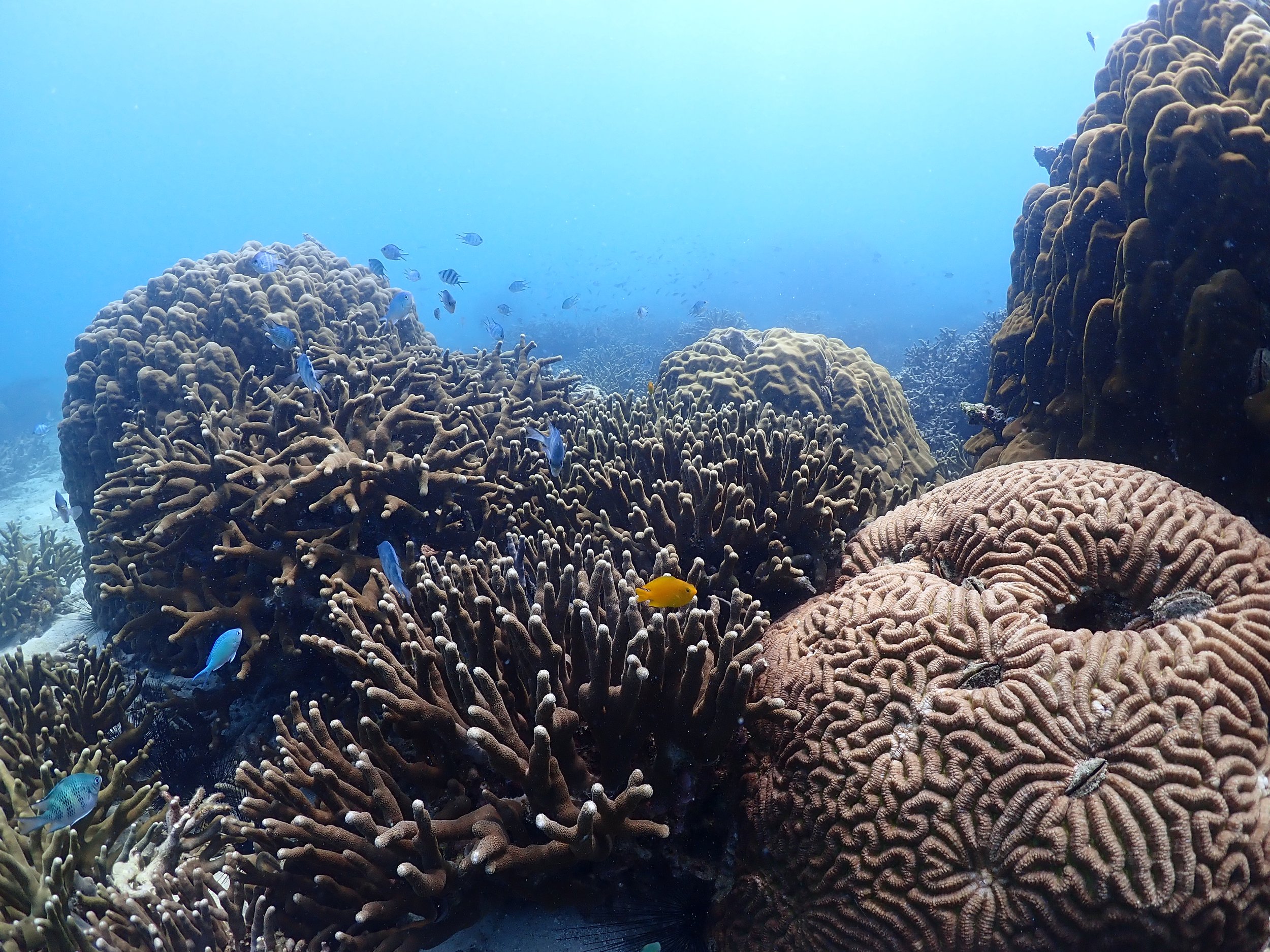This article is the third of a six-part bi-weekly series culminating in an editorial piece advocating for an integrated ocean policy for Malaysia.
PART 3: FISHERIES MANAGEMENT AND MARINE PROTECTED AREAS
The hunt for fish escalates as global consumption climbs risking the collapse of fisheries
The UN SOFIA 2020 Report published by the Food and Agriculture Organisation (FAO) revealed that the yearly growth rate (between the period of 1961-2017) of global fish consumption is 3.1%, far outpacing both the world population expansion rate of 1.6% and the 1.1% for meat consumption.
In per capita terms, global food fish consumption rose from 9.0kg in 1961 to 20.3kg in 2017; and has risen to an estimated 20.5kg in 2018.
However, people in developing countries have a larger share of fish protein in their diets, with the highest per capita fish consumption found in small island developing states (SIDs), particularly in Oceania. In Southeast Asia, Malaysia’s per capita consumption is double in comparison to the global average at 40.9 kg, the second-highest after Cambodia at 63.2kg per year.
As the world surpassed the 7 billion people mark and heading towards 8.5 billion in 10 years, a sustainable supply of seafood is critical to global food security.
Already, due to overfishing and rampant illegal, unreported and unregulated (IUU) fishing, over a third of global fisheries (34.2%) are operating at biologically unsustainable levels. Without proper management, it is courting potential collapse of fisheries that will expose those working throughout the fisheries supply chain to serious socio-economic risk.
The collapse of the Atlantic Northwest cod fishery
We hope to learn from the collapse of the Atlantic Northwest cod fishery when in 1992, the cod biomass fell to 1% of the 1980s level. It forced the Canadian Government to declare a total shut-down (moratorium) on the fishery, until now. The collapse was due to simply poor fishery management. The technological advances allowed vessels to trawl in bigger areas, more in-depth and for a longer time. Electronic tracking systems enabled crews to locate fish with unparalleled success. The Canadian catches peaked in the late-1970s and early-1980s.
Predictably, rampant overfishing means cod stocks were depleted at a much faster rate than they could be replenished. The government had overestimated how many cod there were and did not act when it first became clear the fish were disappearing. Overnight, 38,000 people found themselves out of work. It was the single largest layoff in Canada’s history.
Closer to home, in the Eastern Indian Ocean, Indian mackerels and anchovies stocks are either fully exploited or overexploited.
If we are to learn from past mistakes and meet future demands, we must accelerate sustainable fisheries management and consistently explore effective conservation approaches on a global scale without sidelining the local communities.
Marine Protected Areas (MPAs) and sustainable fisheries management
Coupled with fisheries management, Marine Protected Areas (MPAs) is a proven approach towards sustainable use of the oceans, increasing long-term production of fisheries.
In a published article by Nature, researchers observed that to provide benefits to fisheries, successful MPAs across the globe must share all or most of the following five key conditions: whether or not the zones were fully protected, enforced, old (more than 10 years), large (more than 100 km2) and isolated (for example, a remote island or a patch of reef surrounded by large sandy areas). They further observed that conservation value was nearly absent in MPAs with fewer than three of these factors, and then increased exponentially when it meets three to five factors.
The correlation of these factors with the proposed increase of the Convention on Biological Diversity (CBD) current 10% coastal and ocean protection target (by 2020), to 30% of the planet by 2030 shows that the international commitments made by governments are now based on good science.
With the current rate of ocean protection hovering at 7% of the total ocean, the call to meet the 30% protection target is a tall order, nonetheless, vital to ensure significant transformation.
Implementation must secure serious commitments from all parties, akin to the level of commitment shown to combat the Covid-19 pandemic.
When the world came to a standstill due to the Covid-19 pandemic, it highlighted the fragility of the MPA funding model. The majority of the MPAs are almost fully dependent on tourism-related fees and taxes as a primary source of funding. With the loss of this income, management capacity has taken a huge hit with many conservation programs, infrastructure and personnel expenses kept at a minimum. Critically, the collapse of tourism severely affected the livelihoods and food security of the local communities.
In several countries, government funds are diverted to funding pandemic emergency-related expenses. This translates to a declining capacity for monitoring, enforcement and other management activities and has left MPAs vulnerable to illegal fishing, poaching and other prohibited activities.
Moving Forward
On a positive note, the pandemic has created opportunities to revisit and improve current approaches through good and proven practices, that will also meet local needs. It is creating a space for needed local leadership in marine conservation and scientific efforts. Innovations in conservation, good models, and a shift in global economic investments are emerging.
From a fisheries resource management perspective, the current Ecosystem-based Approach to Fisheries Management (EAFM) approach must improve and embrace the full extent of integration for co-management and other forms of shared governance approach with all stakeholders, especially the local and indigenous communities.
Co-management and participatory approach are also at the heart of any successful MPA management. The IUCN Green List of Protected and Conserved Areas is a standard of best practice for area-based conservation. It is a certification program aimed to increase the number of protected and conserved areas around the world that deliver successful conservation outcomes, including the sustainability of fisheries resources. One of the requirements of the Standard that reflects the importance of a participatory approach is that management plans must take into account information on natural values and associated ecosystems services and cultural values provided by the local and indigenous communities when developing spatial restriction areas.
As the main economic driver in MPAs, tourism industry players must evaluate their business development models factoring in the impact of the industry on the surrounding environment. We strongly recommend the tourism industry players, particularly the public policy-managers and destination managers; and hotels (and tour operators) to explore the Global Sustainable Tourism Council (GSTC) Criteria. It provides for minimum requirements that any tourism business or destination should aim for while maintaining the sustainability of the world’s natural and cultural resources and supporting tourism to meet its potential as a tool for conservation and poverty alleviation.
Ocean resources have long been taken for granted. They are natural assets from which humans derive a wide range of goods and services. However, this value has not been factored in through the traditional economic indicators. Fortunately, there is a growing case for why investing in nature should be a viable proposition for the private sector. In November 2020, the IUCN launched the Nature+ Accelerator Fund, a private sector-focused nature conservation fund offering investment capital for nature-based solutions (NbS) projects.
In essence, all of these solutions can be implemented now.
What is missing, at least for Malaysia, is the acceptance of the fact that decisive action in the form of a cohesive national ocean resources policy is required to resolve many cross-cutting issues and challenges. This will require cooperation from multiple authorities and stakeholders. We also must meet the international commitments that have been made. Leaders must demonstrate strong political will for change and the tenacity to see it through despite any political changes for the sake of the future generation.



